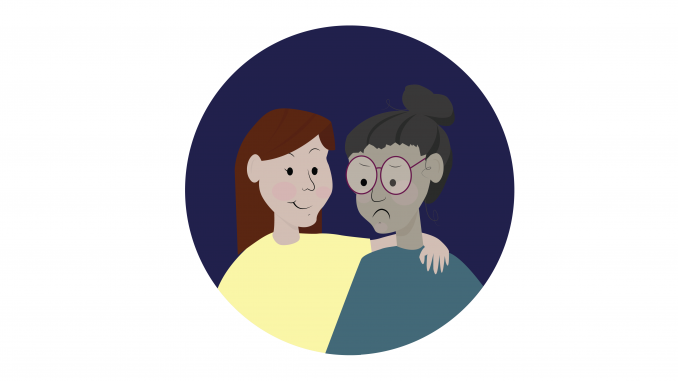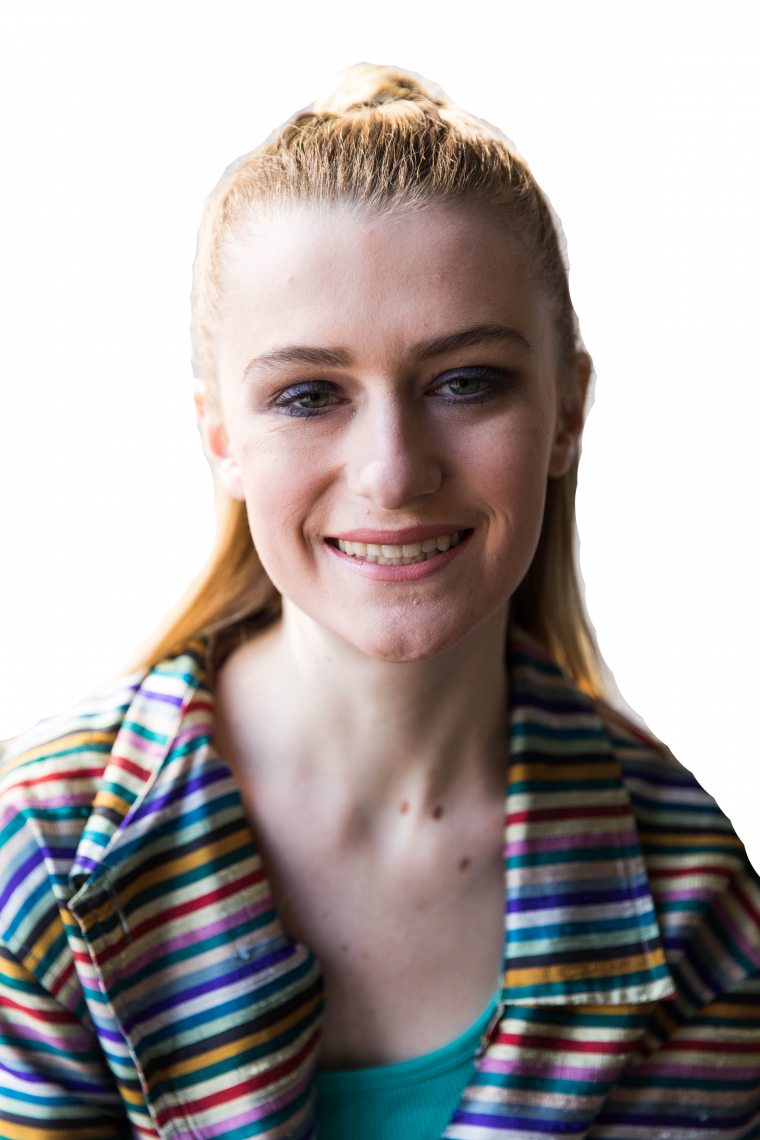

Right now, in the midst of the cold winter months, is when most people experience seasonal affective disorder, also known as seasonal depression or SAD.
Seasonal affective disorder is a temporary mood disorder that occurs at the same time annually, typically beginning at the end of fall when the days become shorter, according to Axis Residential Treatment.
Summer depression disorder also exists, lasting from the beginning of summer to the end of fall, but it’s not as common.
For both of these types of depression, symptoms include irritability, lack of motivation, fatigue, trouble sleeping and changes in weight. It normally manifests during young adulthood and is more frequently found in women, like depressive disorder and bipolar depression.
It’s important we respect our friends, classmates and loved ones when they might be struggling with any mental health disorder, especially seasonal affective disorder which so few understand. Pay attention to your friends and classmates, and be sensitive if they don’t seem like their usual selves.
Dan Palma, a sophomore psychology major who has seasonal depression, said his support system helps him manage his condition.
“My parents are both psychologists and saw the signs, which made my life a lot easier,” Palma said. “My friends and ex-boyfriend all understood when it got really bad because they were all dealing with it too for the most part.”
Because seasonal depression isn’t apparent year round, many people don’t take it seriously as a mental illness, and some researchers do not believe it exists. Steven LoBello, a co-author in a 2016 study published in “Clinical Psychology Science,” is one of the skeptics.
“It’s a very broadly held cultural belief that the seasons and moods are correlated, and when you ask someone in the street when they feel the worst, they’ll say winter,” LoBello told Vice in January 2017. “One of the things going on is there could be a drop in mood during winter…but a drop in mood is not depression.”
The scientific reason behind the illness has yet to be discovered, according to the Mayo Clinic, but many people who study psychology have theories. Lia Sandilos, a school psychology professor in the College of Education, said it may have to do with lower levels of serotonin or higher levels of melatonin in the brain.
Serotonin regulates anxiety, and melatonin helps you sleep, according to Healthline.
Regardless of the cause, 5 percent of the country’s population is experiencing it, according to Mental Health America, a nonprofit that seeks to promote mental health. It’s not just on classmates to pay attention to their fellow students’ mental health. Professors should be sympathetic during this time of year, too.
At Temple University, students with seasonal depression can find solace in the Resiliency Resource Center in Tuttleman Counseling Services. There, they can listen to ambient music, use massage chairs, color in coloring books and meditate under low lights.
“Many students are unaware of these resources that are available on campus or feel as though they have nowhere to turn, but that is not true,” Sandilos said.
It’s admirable that the university has this resource for people with SAD and other mental health issues, especially because mental health affects students’ social and academic wellbeing.
“Seasonal affective disorder had really negatively impacted my academic life before I received treatment,” Palma said. “I struggled badly during the fall semester last year because I was hit with it very hard before finals. …I did not do as well on my final exams as I should have because I simply did not have the energy to study or do any work.”
Unfortunately, not everyone is understanding about SAD. A student who wishes to remain anonymous has had seasonal depression since high school, where he experienced scrutiny and belittlement from people who did not comprehend the severity of the disorder.
“For me, the biggest difficulties come from a lack of motivation to perform basic tasks and an inability to exert large amounts of energy,” he said. “My close friends take it seriously, but I have experienced situations where people would not regard it as an issue, which is frustrating.”
Some people on social media treat SAD as a joke, the student added.
“It’s bothersome when I see people who likely don’t suffer from SAD or other forms of depression say that they have it,” the student added. “It’s not fun nor satisfying in any way to talk publicly about specifics.”
Winter can be a trying time for everybody, and almost everyone’s productivity and positivity is hindered during these seemingly never-ending, freezing months. Let’s be respectful about it by helping each other and ourselves.


Be the first to comment